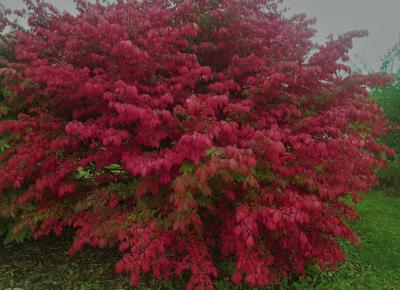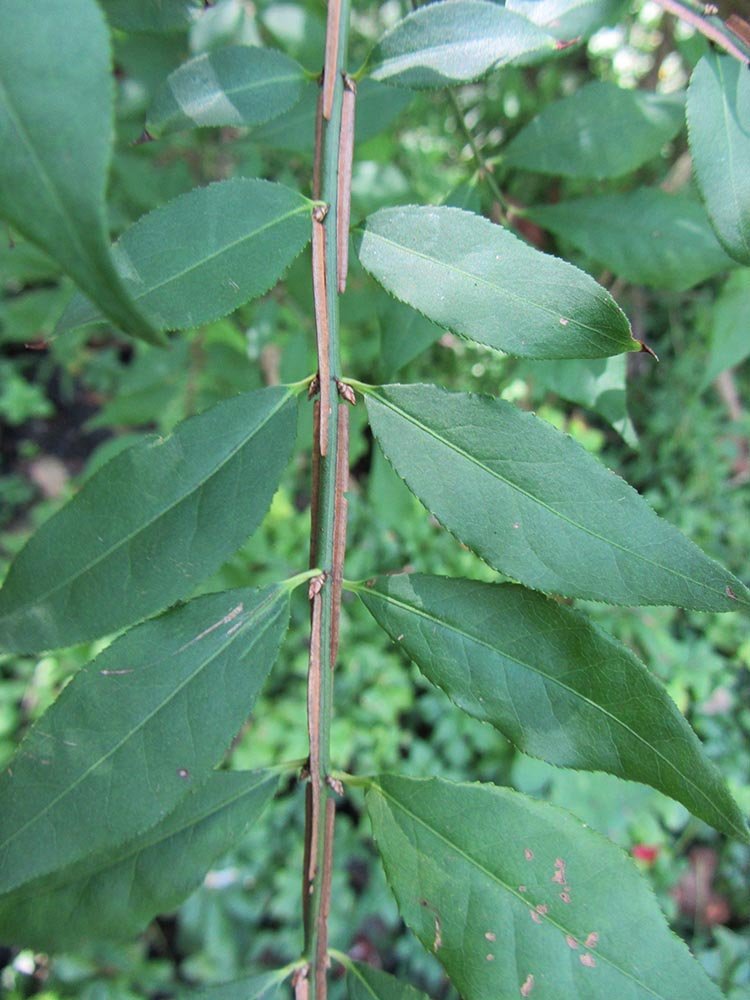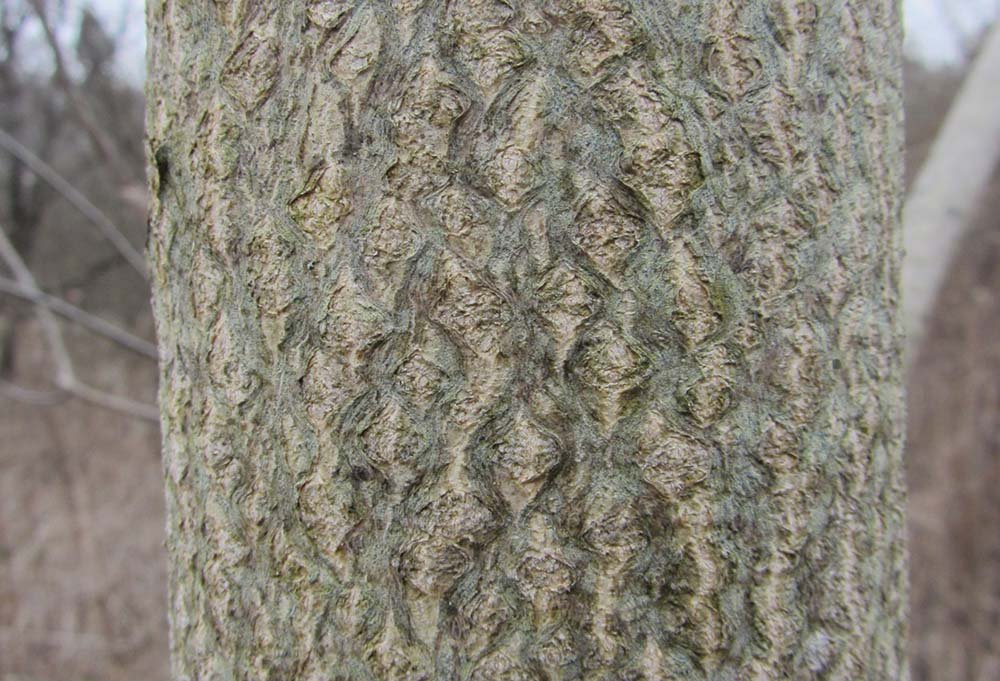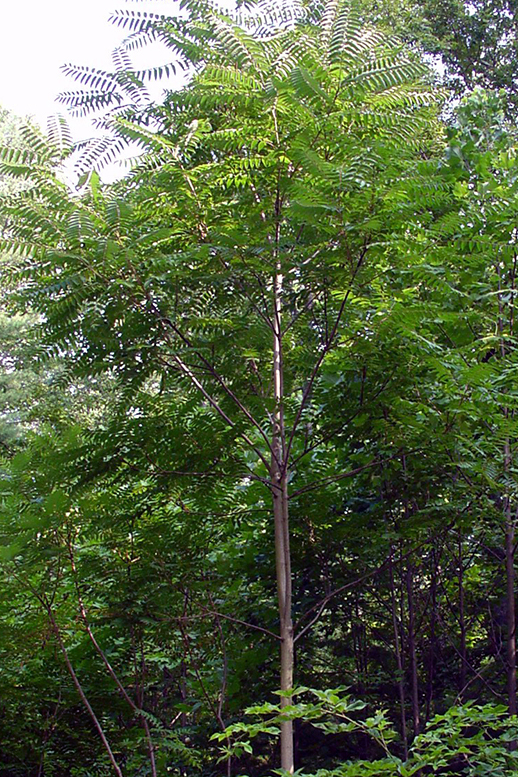As you’re working in your yard this spring and summer think about what invasive plants you have and whether or not you can remove them and clear them out.

Invasive plants are often times beautiful to those who don’t know the ugly truth about them. Invasive plants, trees, and shrubs out-compete native species for resources and grow more rapidly than their native counterparts, and can eventually take over entire landscapes. Knowing what not to plant is as important as being able to identify invasive plant species that may already exist on your property. Early identification and management of invasive species are key to helping native flora flourish as nature had intended. Many of the invasive plants that we see today had been brought over from Europe and Asia for ornamental, landscaping purposes; some were brought to the U.S. over 100 years ago!

Burning bush, also referred to as winged euonymus (Euonymus alatus) was introduced as an ornamental shrub in the 1800’s for its vibrant red fall foliage. Often found in large thickets due to its prolific seed production, Burning bush outcompetes native plants due to the dense shade that it creates, while itself being shade tolerant and having no native pests. This is an easily identifiable invasive due to its prominent corky “wings” that run along the stems, and can grow to 15’ tall. When caught early, young plants can be hand-pulled from loose soil, larger more established shrubs require stump grinding or the addition of a glyphosate foliar application. Native shrubs that are a more ecologically friendly alternative include Strawberry Bush, Spicebush, Red Chokecherry, and Common Winterberry.

Ailanthus altissima, more commonly known as ‘Tree-of-heaven’ is not as heavenly as it may sound, the name refers to its rapid growth, and will quickly shade-out smaller plants. Roots of Ailanthus produce chemicals that prevent the establishment of other plants nearby, and can cause damage to sewer lines and house foundations due to its swift growth. In addition to Ailanthus being an invasive species itself, it also plays host to the Spotted Lanternfly which is an agricultural nightmare that has been spreading its way across Pennsylvania since 2014. Ailanthus looks similar to sumac and walnut trees, however the bark of Ailanthus has a white, diamond like pattern, broken twigs smell of burnt peanut butter, smooth leaf margins, and the tope leaves turn reddish in the summer. Hack and squirt or basal bark applications are found to be the most effective management for Ailanthus. Desirable natives with similar looking compound leaves include Staghorn Sumac and Black Walnut.

For more information on identification and management of these and other invasive plants visit www.dcnr.pa.gov/Conservation/WildPlants/InvasivePlants or extension.psu.edu


